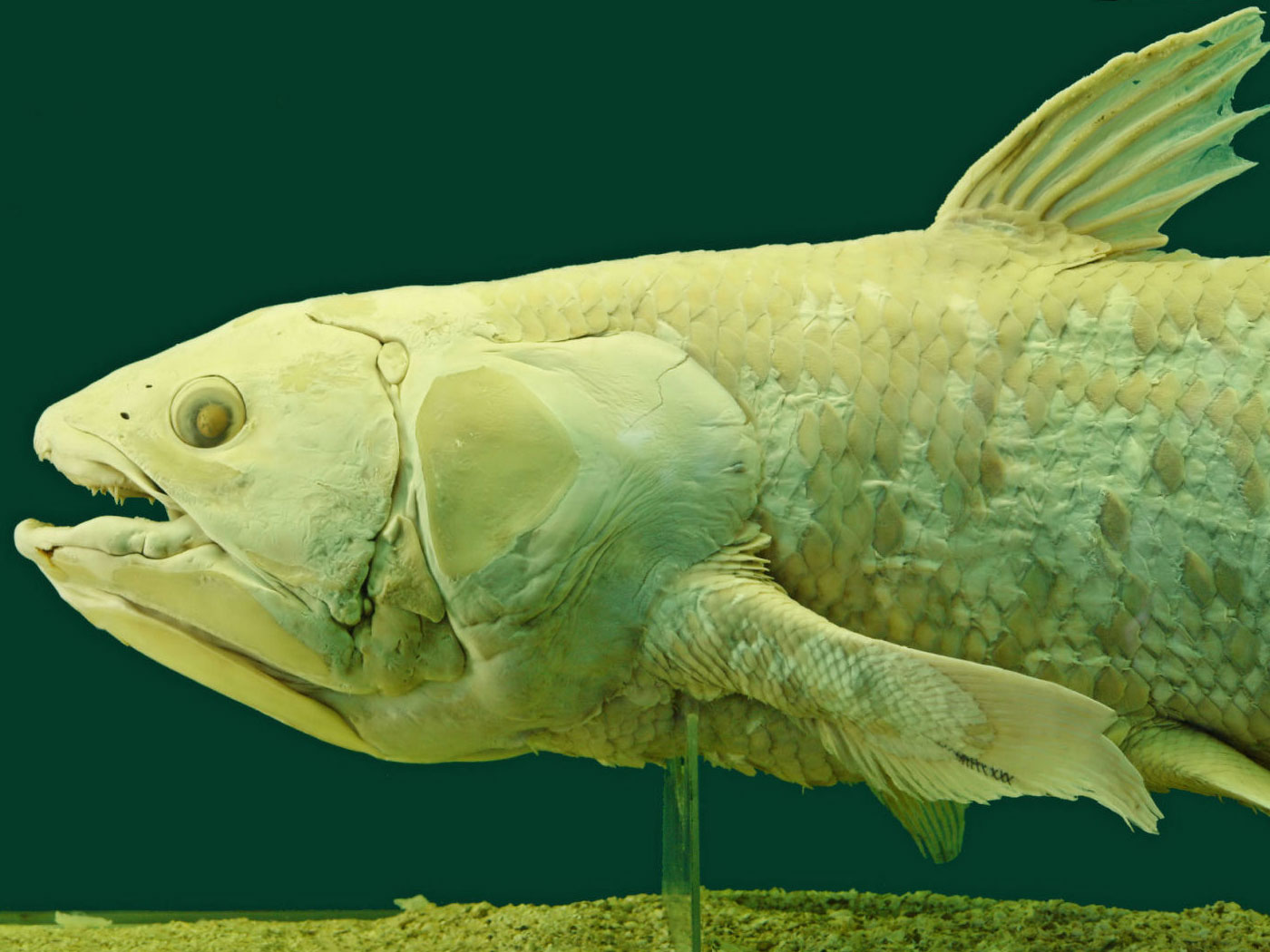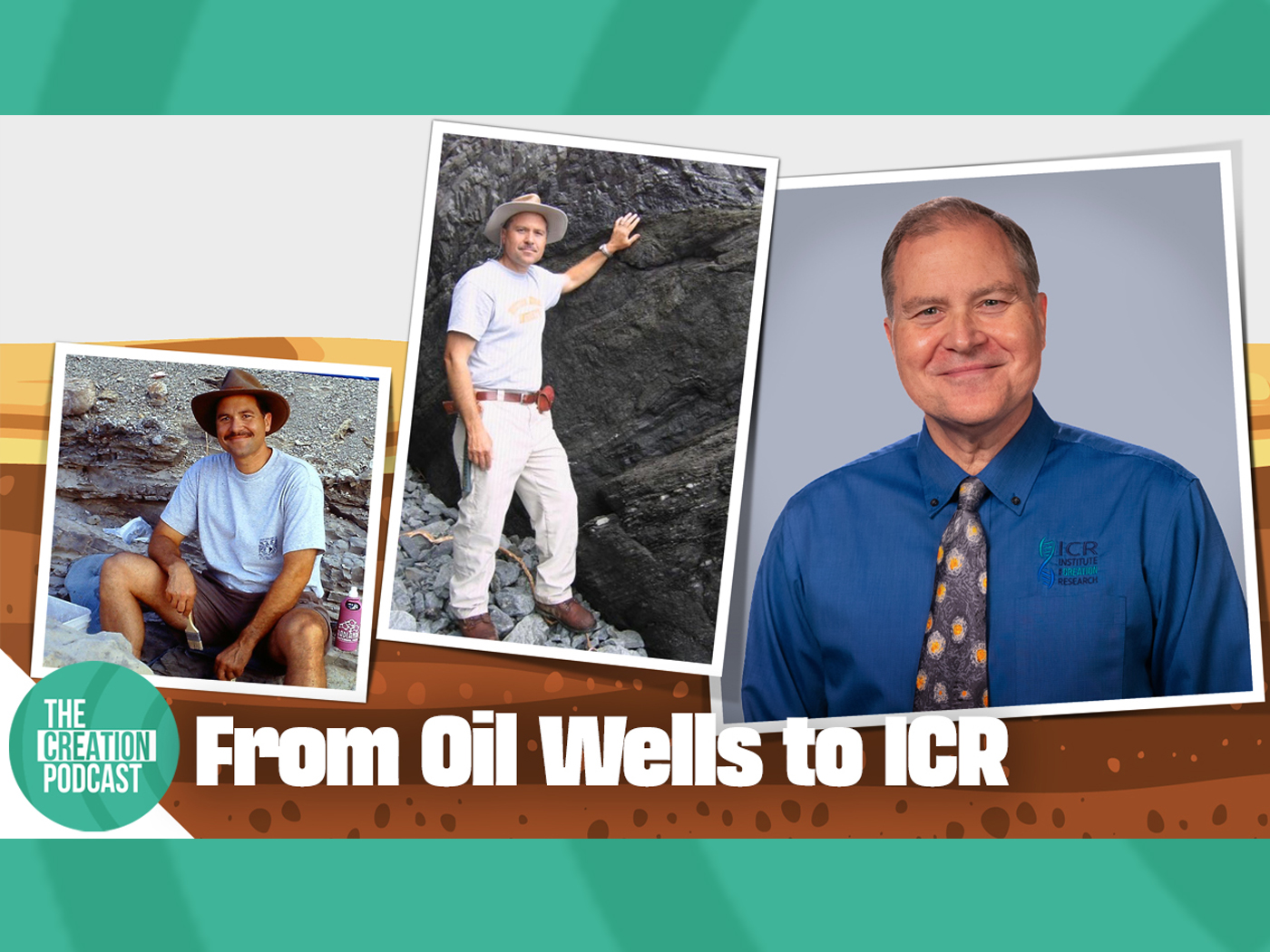Over the last two millennia, December 25th became the customary commemoration of the birth of Christ. But this was not always so. Other dates were recognized by different groups over time, while the early church apparently never observed Christmas at all. It wasn’t until the fourth century that December 25th became identified with Jesus’ birthday. Scholarly evidence shows that Christmas celebrations actually replaced old pagan rituals centered around the winter solstice during the longest nights of the year.
Frankly, the actual date of Christ’s birth isn’t known. But one interesting clue is found in the gospel of Luke when, on the night Jesus was born, shepherds were “living out in the fields, keeping watch over their flock by night” (Luke 2:8). It’s highly unlikely this could have been in late December since shepherds would have stabled their flocks by then to protect them from the cold of Judean winter nights. Rather, it’s far more likely shepherds would have been pasturing their flocks sometime during the early fall.
If so, it’s remarkable that early Christians in Britain celebrated the feast of Michaelmas on September 29. Also known as the Feast of the Archangels, Michaelmas literally means “Michael sent,” just as Christmas means “Christ sent.” Scripture always portrays Michael the archangel as leading God’s angelic host (Revelation 12:7), and while the text doesn’t say, it’s possible that Michael was the same “angel of the Lord” sent with “a multitude of the heavenly host” to announce the birth of the “Savior, who is Christ the Lord” (Luke 2:9-13).
It’s also significant that this date occurs just before the joyous Feast of Tabernacles. Ancient Israelites celebrated this feast each fall in thankfulness for the harvest by dwelling in handmade tents, or “tabernacles.” When the apostle John wrote “the Word became flesh and dwelt among us” (John 1:14), he used the unique Greek word skenoo to emphasize that Christ the Creator literally “tabernacled” with us for a time. So, just as Michael and the angels proclaimed “good tidings of great joy…to all people” (Luke 2:10), Christ’s entrance into the world may have come at the Feast of Tabernacles, a time of great rejoicing in the nation.
But as marvelous as the birth of our Savior is, this wasn’t His miraculous incarnation. That moment occurred nine months earlier when Jesus willingly emptied Himself and took “the form of a bondservant” in Mary’s womb to be made “in the likeness of men” (Philippians 2:7). As such, the date of Christmas (i.e., “Christ sent”) may very well have been nine months earlier than Michaelmas—which again brings us back to December 25. There are 278 days between September 29 and December 25, which is remarkably close to the average period for normal human gestation! We cannot be dogmatic about this, of course, but wouldn’t it be fitting that Jesus “tabernacled” with us during the season of the longest night to come as “the light of the world” (John 8:12)?
These conjectures give us a deeper appreciation for the wondrous Christmas gift of God Himself, who “abolished death and brought life and immortality to light through the gospel” (2 Timothy 1:10).
As the world grows more hostile to Christ, it’s imperative that all believers everywhere “shine as lights in the world” in the “midst of a crooked and perverse generation” (Philippians 2:15). ICR has a long history of shining the light of Scripture, and we aim to proclaim the light of Christ in an increasingly public way. Please prayerfully consider “shining” with us this Christmas through your gifts to our ministry.
From all of us at ICR, may God richly bless you and your family as we celebrate the true Light of the season. Merry Christmas!
* Mr. Morris is Director of Donor Relations at the Institute for Creation Research.



















